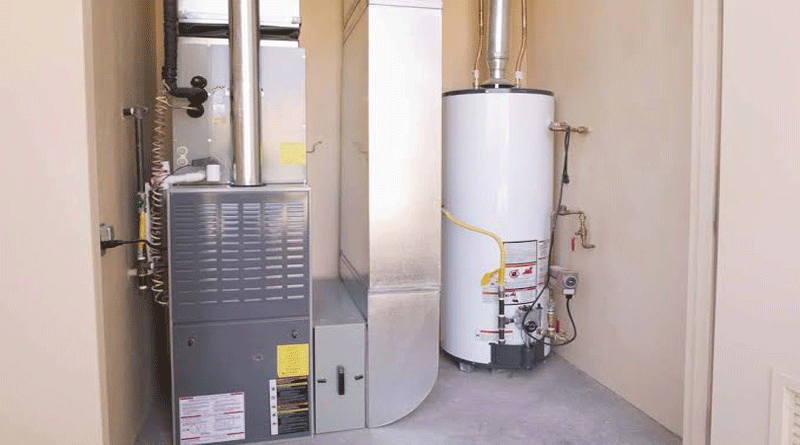How to Combine a Biogas Reactor with a Gas Furnace
A natural gas furnace is an economical and efficient method of home heating. Experts recommend buying a gas furnace with an efficiency rating of at least 90% for best performance. However, if you plan to stay in your home less than five years or if you live in a milder climate, you can get good performance out of any gas furnace rated at 80% or better and you will save at least $1,000 on the furnace and installation. A 92% to 97% efficiency multistage gas furnace will cost the most of all (around $3,500 and up including installation) but will save you money on utility bills by using a variable speed blower to maintain a constant temperature. The high end option is a good choice if you plan to stay in your home indefinitely and are looking to reduce your monthly costs.
Although it is not widely known and not available in all areas of the U.S. you can actually use biogas instead of natural gas to heat your home once you have a gas furnace. All you need is a biogas reactor and a way to feed the biogas into your furnace so that you can burn it for fuel. Biogas is already being made available in many local communities that are situated close to corporate dairy or pig farms, and in communities that have invested in conservation equipment that siphons off landfill gases to burn locally as home heating fuel.
Biogas is a natural substance that is created when bacteria degrade biological material without using oxygen. This process is known as anaerobic digestion. Anaerobic digestion occurs naturally in septic systems, marshes, rubbish dumps and landfills, digestive systems, and even in the Arctic tundra. Biogas is most often a mixture of methane and carbon dioxide and because it is easily generated through the natural breakdown of organic waste, it is also a promising renewable energy source.
Biogas can be burned efficiently in a gas furnace without any problem and building a biogas reactor is not a difficult project. If you want to generate enough biogas to heat your home, either from livestock or from farm waste, you will probably want to enlist professional help. The reason for this is that biogas, like any form of combustible vapor, can explode or catch fire and you don’t want that to happen on a large scale.
Companies like Biogas Energy Inc. can help you get started with a farm application or you can contact your state department of agriculture. Many states already have biogas conversion programs in place for farms and agri-business.
Building a biogas reactor at home is a straightforward, easy project, but most home-built biogas reactors are used to power home generators, not to pump the biogas directly into a gas furnace. Free plans and instructions for building your own biogas reactor at home. Siemens, a corporate manufacturer of agricultural machines and energy materials, also builds biogas digesters, storage tanks and heat exchangers. Most Siemens products are designed for large industrial applications. The web site Siemens provides lots of good general information on biogas and its potential for home use in a gas furnace.
Free easy instructions for how to build a simple biogas generator are available along with lots of good basic information about biogas as a renewable energy source. Last but not least, if you are interested in biogas for home use in a gas furnace, contract your public utility about the available of biogas in your specific area of the U.S. You may be surprised to discover that a portion of the natural gas supplied through the utility for your gas furnace is already biogas siphoned from your public landfill or from local farms.

